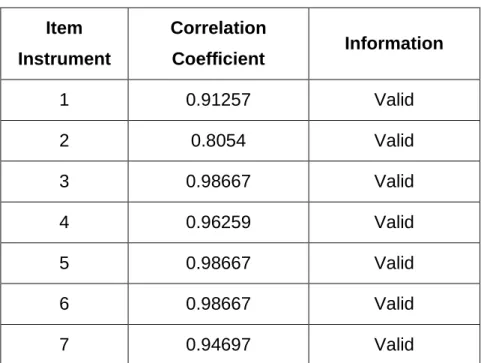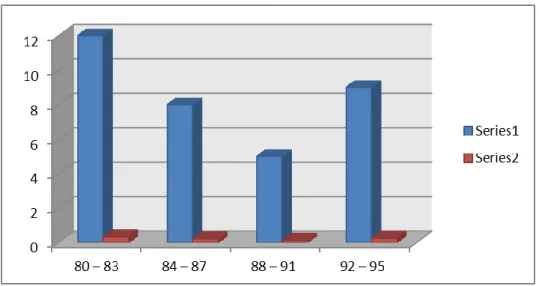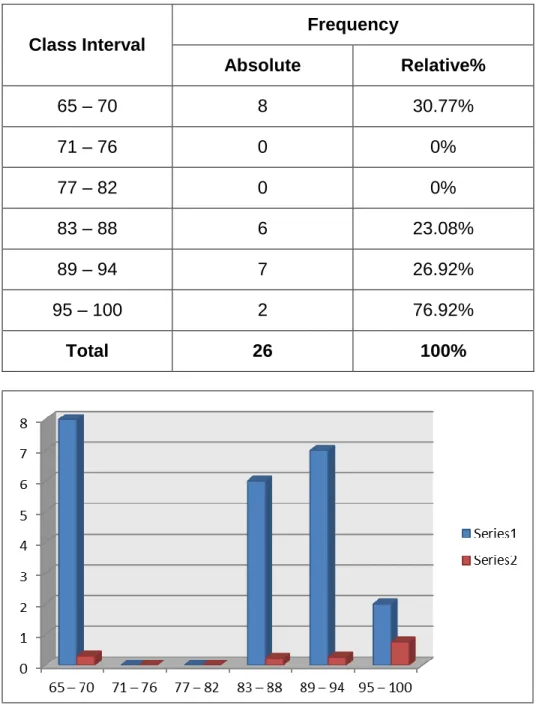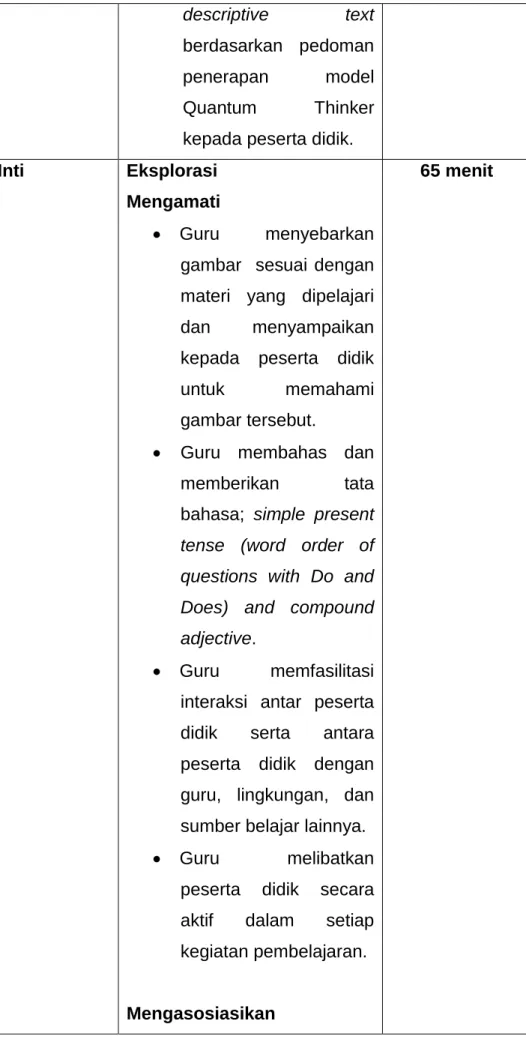THE EFFECTIVENESS OF QUANTUM THINKER MODEL IN TEACHING READING COMPREHENSION
Teks penuh
Gambar




Dokumen terkait
Klarifikasi dan pembuktian kualifikasi dilakukan terhadap peserta yang memenuhi persyaratan kualifikasi dengan nilai penawaran terendah, dengan cara melihat keaslian dokumen
Pembuktian Kualifikasi terhadap peserta Calon Daftar Pendek Jasa Konsultansi Kajian Penyusutan Pascapanen Padi Kabupaten Tuban yang dilaksanakan tanggal 17 April 2014,
M alang ROKHAINI Guru Kelas RA BATARA Sw ast a M AM BAUL HUDA 51 Kab.. M alang IM ROATUS SHOLIHAH Guru Kelas RA
Lansia menerapkan tiga strategi untuk tetap bertahan hidup, dan memenuhi kebutuhan pokok selama berada di Pondok yaitu: strategi Alternative subsistensi yaitu strategi bertahan
Zulfidar, Achmad Fauzi Seminar Nasional Teknologi Informasi dan Multimedia 2014 (SEMNASTEKNO MEDIA 2014) 19 Februari 2014 Yogyakarta. 2 Keamanan Teks dengan Menggunakan
3.2.2.2 Kehati-hatian perlu dilakukan dalam menempatkan buangan yang terkontaminasi tinggi (misalnya dari mesin, tudung asam, lemari keselamatan biologi, tudung
KREATIVITAS SISWA BERDASARKAN IKLIM KEHIDUPAN KELUARGA DAN JENIS KELAMIN Universitas Pendidikan Indonesia | repository.upi.edu | perpustakaan.upi.edu..
Menimbang : bahwa dalam rangka pelaksanaan Peraturan Pemerintah Nomor 16 Tahun 2004 tentang Penatagunaan Tanah dan Peraturan Pemerintah Nomor 38 Tahun 2007


